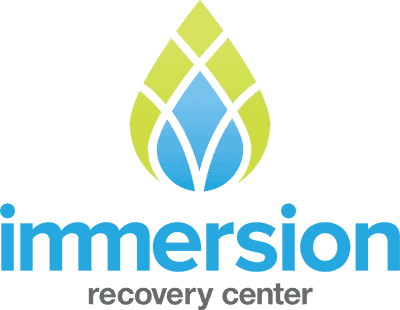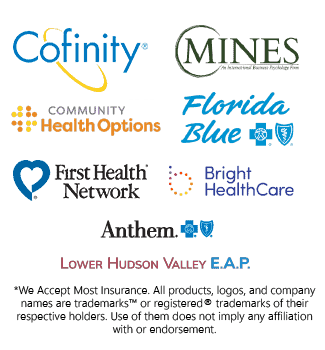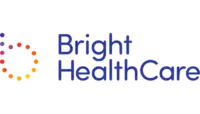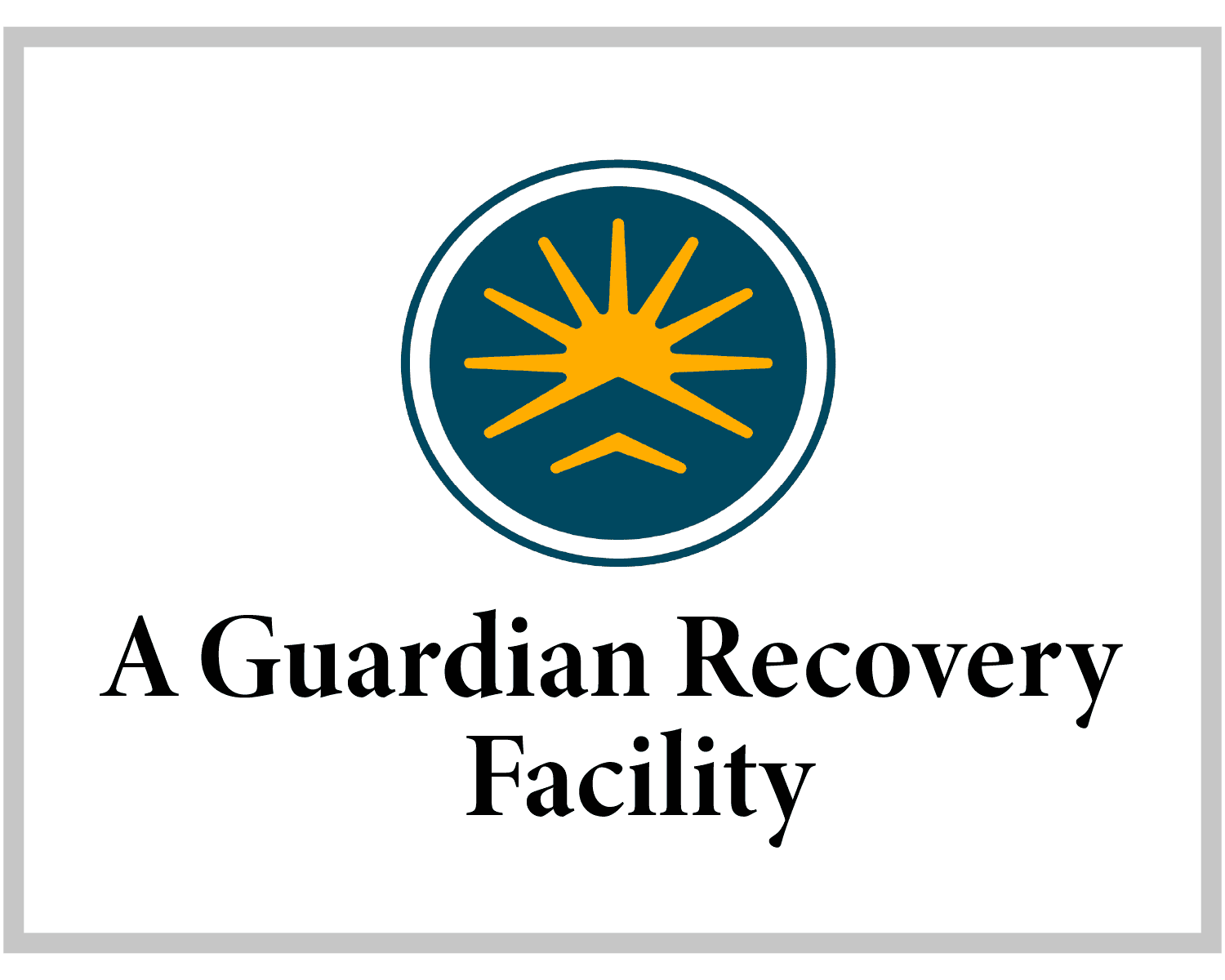
The Immersion Experience
The Three Phase approach we offer has been proven to produce the best outcomes and long term recovery. Phase 1 starts with a slow and comfortable detox following by intensive medical and clinical support in our residential program. In Phase 2 clients live in a more homestyle residence with a focus on therapeutic growth. Phase 3 is about a slow reintegration into life while maintaining a solid safety net to utilize if things get difficult. We do understand that not all clients have the ability complete extended treatment programs. We believe that any treatment we can provide is going to make a lasting impact on our clients and their path to recovery. We offer medical detox as a stand-alone treatment option, as well as 28-day programs.
Phase 1
What is addressed in Phase 1?
- Stabilization
- Assessment
- Education
- Motivation
How long is Phase 1?
- A client’s duration in this phase is based on whatever is deemed clinically appropriate. Typically it is 3-28 days.
Goals:
- Medical Stabilization
- Freedom From Obsession
- Development of New and Healthy Patterns
What Traditional Treatment Aligns to this Phase?

Stabilization
Set in our beautifully appointed, state-of-the-art, residential facility, Phase 1 of the Immersion process begins with stabilization in mind. First and foremost we focus on the detoxification process, eliminating harmful toxins from the physical body, helping clients recover from their substance(s) of abuse and the physical grips of addiction. We provide a slow and comfortable detox where clients can relax and let their bodies heal.
Once detox is complete, clients enter the residential treatment portion of Phase 1. Here clients are thoroughly assessed and evaluated by our clinical team. At this stage an individualized recovery plan including therapeutic interventions and strategies, nutritional and psychical rehabilitation and psychiatric treatment and medication (if needed) is implemented.
Clients in the residential portion of Phase 1 are educated on the disease model of addiction and related behaviors. Our clients find clarity on their condition and how it influences their thoughts and actions. We begin to familiarize clients with Immersion’s clinical philosophy and our integrated, focused practice of the 12 Steps.
Once clients demonstrate engagement in treatment and the Immersion process and stabilizing trend mentally & physically they will transition to Phase 2.
Phase 2
What is addressed in Phase 2?
- Identification of Destructive Patterns
- Introduction of Outside Stressors & Related Management Techniques
- Creation of a 12-Month Plan
- Completion of Steps 1-7
How long is Phase 2?
- A client’s duration in this phase is based on whatever is deemed clinically appropriate. Typically it is 28 days.
Goals:
- Identify Barriers Impeding Progress Towards Long Term Sobriety
- Stress Management Techniques
- Demonstration of Family Progress
- Sound Judgement and Behavior Regarding Additional Privileges and Freedoms
What Traditional Treatment Aligns to this Phase?

Motivation
Immersion’s Phase 2 begins the motivation process for the client. This is still an intensive phase with a 2-4 week examination of what is blocking the needed physical, mental and spiritual changes necessary to enter long term sobriety. Many of our clients have had multiple treatment episodes and some historical periods of abstinence prior to entering our program. This phase works to identify the reasons the client has previously failed to maintain long-term recovery in the past, as well as contributing factors involved in repetitive relapse and prior program disengagement. Many clients suffer from thought patterns, attitudes, and behaviors that run contrary to sobriety. Without awareness there is then the creation of shame and guilt that locks the client into the downward- spiraling pattern of addiction. Once these patterns are identified, it permits our client to embark on a journey to remove these barriers to long-term recovery.
In Phase 2, our clients also start the process of re-establishing healthy relationships with loved ones and the outside world. Clients begin to establish sober support networks and are given increasing exposure to local peer-support communities (AA, NA, Smart Recovery). Clients begin daily implementation of long-term recovery practices such as prayer, meditation, daily inventory and mindfulness exercises.
A written 4th step is completed identifying underlying fear, anger and conduct driving the addictive process. Clients also build a healthy 12-month plan with guidance and support from the treatment team. The treatment plan during this phase will be amended when indicated to address a client’s presentation and needs.
After clients have completed 7 Steps of the Immersion Process and demonstrated sound judgement and behavior as well as family and key supports that have internalized commitment to the recovery process they can begin to transition to Phase 3.
Phase 3
What is addressed in Phase 3?
- A Practical Application of the Immersion Method in Real Life Situations
- With Our Help Clients Seek to Secure Active Employment, Education or Volunteerism
How long is Phase 3?
- A client’s duration in this phase is based on whatever is deemed clinically appropriate. Typically it is 1-3 months.
Goals:
- Progress Towards Independent Living
- Active and Independent Recovery Work
What Traditional Treatment Aligns to this Phase?

Reintegration
Virtually all clients require – or at least benefit from – structured, ongoing care following discharge from the first 2 phases of our recovery program. In this phase, the treatment team provides the client critical additions to a recovery skill set that the client has started to build in earlier phases. We believe this skill set is necessary establish and maintain lifelong recovery from active addiction.
Historically, many individuals will make dramatic improvements in the somewhat sterile and safe container of residential treatment setting yet find themselves back in crisis shortly afterwards. Our extended care and outpatient programming incorporates a multi-faceted approach to address all of the challenges inherent in re-entering independent living after residential treatment.
Phase 3 clients secure active employment, educational, or volunteer opportunities that provide a sense of accomplishment. Here many clients will begin the journey to financial independence for the first time. This development gives a client remarkable and vital self-esteem and the further practice of establishing accountability and a sober routine.
Every Phase 3 Client must demonstrate the following as requirements to graduate from our multi-phased program: The client continues to exhibit sound judgement and reason in all facets of his or her life, the client has taken all 12 steps and is actively working the 12 step program of recovery, and the client is actively participating in treatment and recovery work independent of staff and family interventions.















